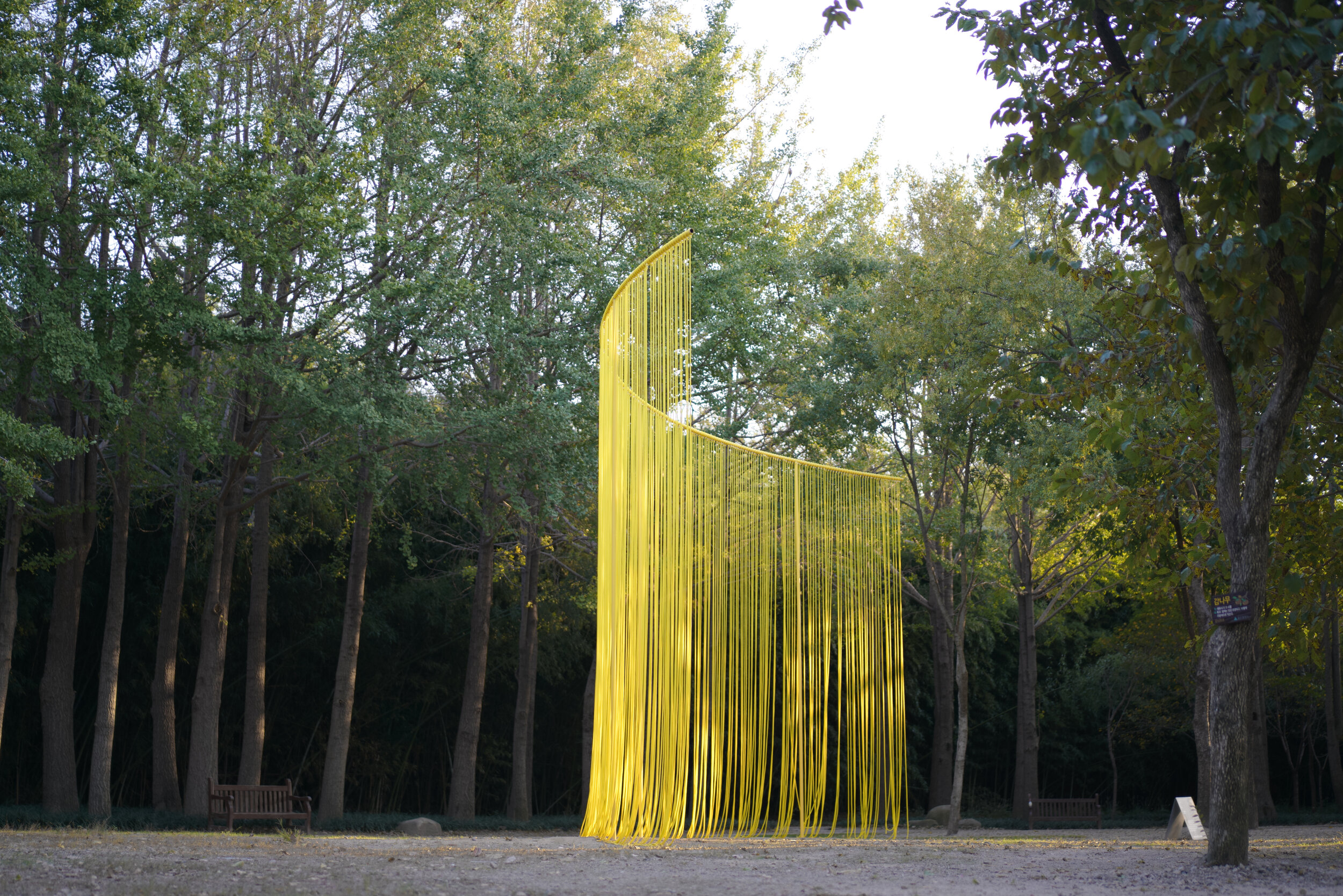NONBARRIAR
I strive to fulfill my personal needs as an artist, satisfying my curiosity while also engaging the audience on a deeper level. In the realm of art, the work is not only visually, intellectually, and emotionally consumed, but it also serves a purpose as a design element.
I have always been fascinated by the perceptual mechanisms that contribute to the creation of a powerful visual impact, seeking to understand the formulation of beauty. As a result, I have identified two concepts that coexist within an object: Elegance and Extravagance. Elegance arises when the perceived effort to achieve a remarkable outcome is relatively minimal. It embodies a sense of efficiency, where the form or construction process of an object appears modest in comparison to the effect it produces. On the other hand, Extravagance embraces the grandeur, expense, complexity, and strength that the subject demands. Examples of this concept can be seen in European cathedrals, where their scale, intricate details, and magnitude create an awe-inspiring beauty. In reality, beauty emerges through various proportional combinations of these two concepts, as objects rarely embody one exclusively without any trace of the other. My body of work represents a series of manifestations that unite these two ideas. I utilize simple objects, often industrially manufactured, employing an efficient multiplication process to generate complexity and an effect that transcends the sum of its parts.
Recently, I have introduced another element to my approach: interactivity. This component distinguishes the experience of design from the conventional art encounter. I aim to invite viewers to approach my work fearlessly, encouraging them to touch and become an integral part of the structure during the process of experiencing the artwork.
Taewhagang Park is a beautiful environment, where the river, forest, wind, and birds come together in harmony. I desired to erect a structure that seamlessly integrates with the natural surroundings, offering a unique perspective of the scenery. My intention was to create an artificial object that feels as if it belongs, akin to the touch of a tree within that space. It should respond to the wind in a manner reminiscent of branches and leaves, providing a comfortable landing spot for migratory birds. Through this piece, I aimed for it to be perceived as an organic part of the environment, rather than a separate object. The juxtaposition of an artificial element within nature is embodied in the form of a visually permeable and flexible wall. Symbolically, it represents the barrier that viewers must overcome in order to encounter and experience this artwork, highlighting both the dissonance and harmony that arise when artificiality meets nature.
2020
Steel, Polyester Rope
1200 x 500 x 150 cm
TEAF20/ Taewhagang National Park, Ulsan, Korea / image ©Hyunseungtak, teaf20


